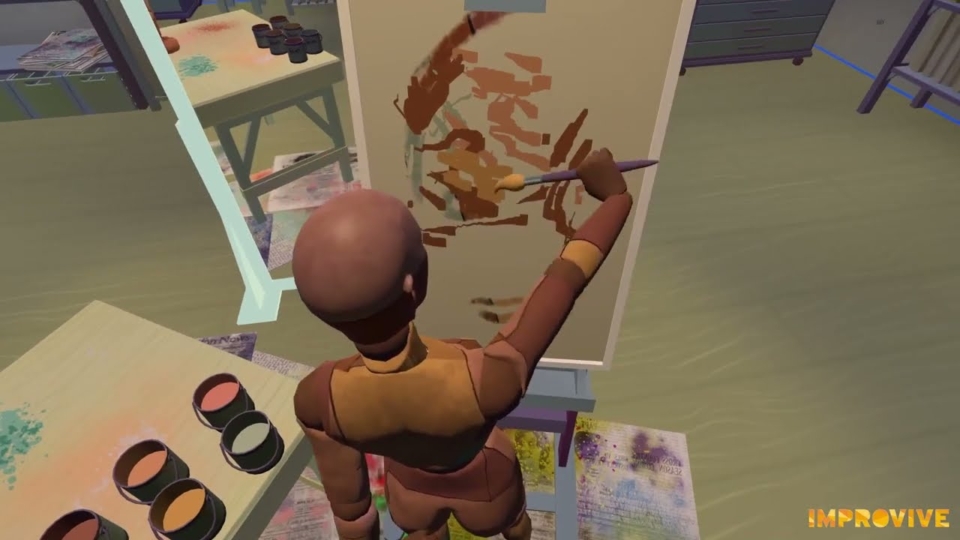Strings Attached is an experiment about control and identity in VR. What happens to your feeling of embodiment and immersion when someone else takes control of your movements or the way you look.
We have been playing with embodiment within VR for a number of years, and ask ourselves if it is possible to slowly take control of a person’s avatar without breaking immersion. We would like to see if we can reach a feeling of harmony and flow for the controlled player, or that it will lead to struggle and conflict. For that, we will create a number of experiences to test our ideas.
Strings Attached relates to the metaphor of the string puppet.
Like Pinnochio, we are under the impression of free will and choice, but have we really cut all our strings? We often assume that there are “no strings attached” to what we do, however, our life is controlled by all kinds of conventions, our identity determined so much by things outside of our direct view or influence. Let us explore these questions and beliefs using Virtual Reality. Understanding these mechanisms allows us to create more interesting interactive experiences and stories.
We tested these concepts in several prototypes and explored how this affects embodiment and identity. Strings Attached used an asymmetric play situation where one person was wearing a VR headset and the other player used a computer’s controls to influence the VR player’s avatar.
In the Puppet Master experiments we looked at direct control of the VR player’s avatar, first using a controller, and then by using their voice. We first focused on taking partial control of an avatar’s arms. We ended up using a game controller for the needed nuance. For our tests we created an artist atelier as a 3D environment, and the avatar was inspired by a marionette. We first explored what happened when the VR player had no defined goals. Then we introduced a canvas and a paintbrush to provide a mutual purpose. After some tries, we also added the start of a painting to state a clearer goal. We observed that it takes time for each of the players to create a playful dialogue instead of a conflict of interests. Not everyone had this patience. The canvas allowed for clearer feedback on the impact of control. It also showed how new ways of conflict could be introduced by the asymmetric nature of each player’s role.
For the voice projection we visualized the non-VR player’s voice on the VR player’s avatar. The non-VR player was afforded a lot of control by being able to pause the animations by just being quiet. As a follow-up step, we added more interactivity for the VR player, by allowing them to echo certain words both visually and through audio.
In the Dissociative Mirror we played with the concept of time and delay between the VR-player’s avatar and its mirror image. We found the most interesting interaction was allowing the non-VR player to play with time. We experimented with reflections that were animated in slow-motion, with delay, or fast forward, all using the real-time movements of the VR player to create these projections. The VR players quickly felt comfortable in playing with these different modes. Interesting in all the mirror experiments was that the identification of the VR player with the mirror image can change or flip depending on the delay.
You can find an extensive description of our results on our Medium Blog.
Strings Attached is a research project supported by Creative Industries NL within their Experiment Grant Scheme.
A version of Strings Attached was used by Leiden University to research embodiment and sense of presence, you can read it about here
